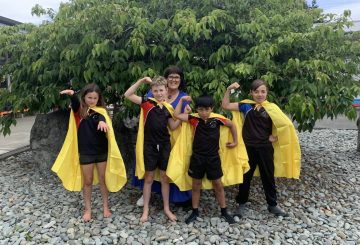뉴질랜드의 고등 교육은 팬데믹 이후 위기에 직면해 있습니다.정부의 부족한 자금으로 인해 대학들은 대규모 일자리 감축을 감행하고 있습니다.이로 인해 대학 수준의 아시아 및 아시아 언어 학습이 위협받고 있습니다.
최근 몇 년 동안 뉴질랜드 대학들은 아시아 연구에 대한 강력한 기반을 구축했습니다.그러나 AUT, 오타고, 매시, 웰링턴 빅토리아 대학교는 현재 일본, 중국, 아시아 연구 프로그램을 축소하거나 종료할 가능성이 있습니다.이는 예산 문제 때문입니다.
삭감에도 불구하고 2021년 설문조사에서 뉴질랜드인의 79% 가 아시아와의 관계가 국가의 미래에 필수적이라고 생각한다고 답했습니다.뉴질랜드의 10대 교역 상대국 중 7개가 아시아에 있습니다.
중국이 뉴질랜드의 가장 중요한 경제 파트너임에도 불구하고 지난 5년 동안 만다린어 연구는 감소했습니다.하지만 그렇다고 해서 중국 프로그램이 축소되는 것은 아닙니다.뉴질랜드에는 아시아에 대한 독자적인 이해가 필요합니다.또한 아시아는 단순한 중국 그 이상이라는 사실도 기억해야 합니다.한국어와 일본어는 여전히 인기가 있으며 뉴질랜드는 다른 국가에 뒤쳐질 위험이 있습니다.
뉴질랜드는 이전에 일부 대학에서 인도네시아어 연구를 중단한 적이 있습니다.이로 인해 아시아의 주요 국가인 인도네시아와의 잠재적 유대 관계가 끊어졌습니다.
자금 부족으로 인해 대학들은 학생 수를 기준으로 아시아 연구를 판단하고 있습니다.하지만 이러한 과정은 다양한 분야의 학생들이 아시아를 이해하는 데 도움이 됩니다.이번 삭감은 아시아계 뉴질랜드인들에게는 그들이 가치를 인정받지 못한다는 것을 암시할 수도 있습니다.
아시아 연구 및 언어 프로그램 종료는 장기적으로 부정적인 영향을 미칠 수 있습니다.뉴질랜드는 고립되고 경쟁력이 떨어질 위험이 있습니다.일본은 심지어 아시아를 이해하기 위해 외부 소스에 의존할 수도 있는데, 오늘날과 같이 잘못된 정보가 난무하는 시대에는 위험할 수 있습니다
.





























































